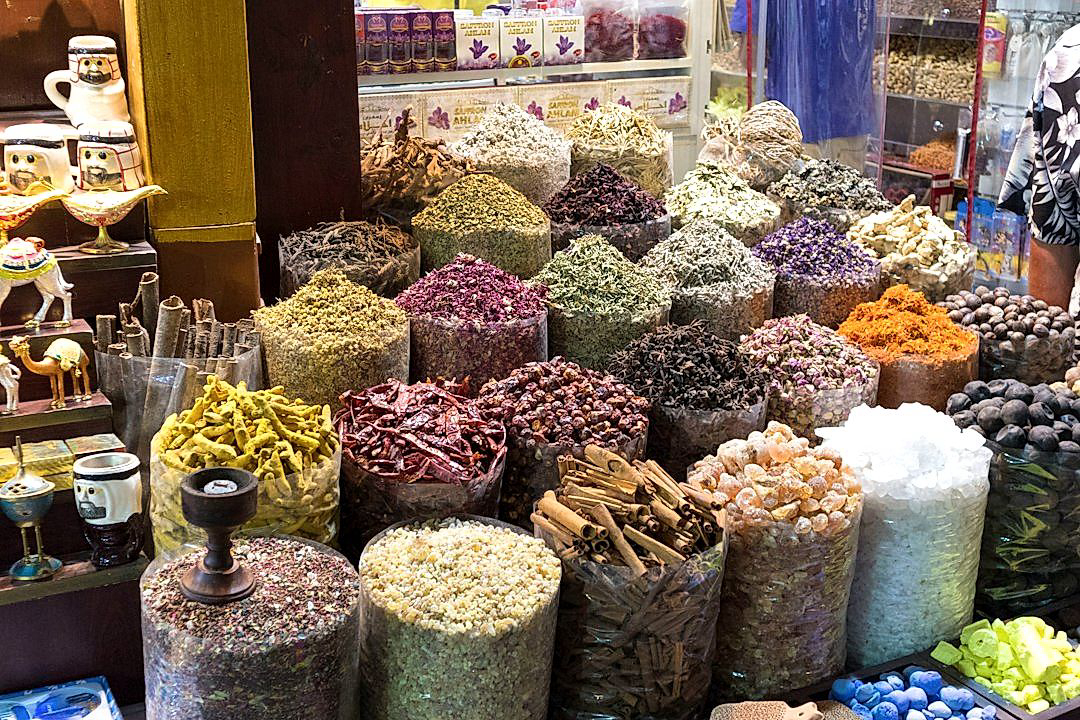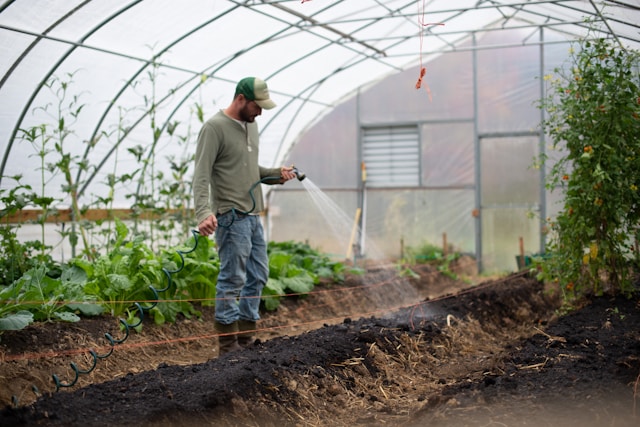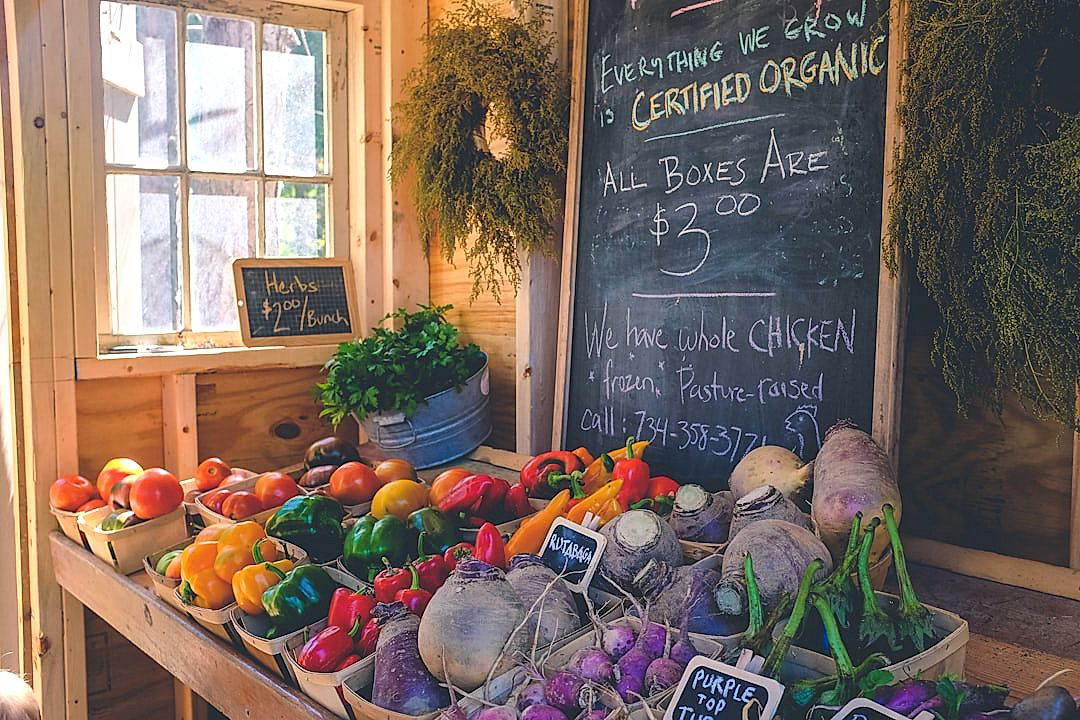The global spice trade, with its complex network, has shaped economic patterns and cultural practices for centuries.
The industry’s constant evolution creates a dynamic backdrop for businesses to strategize, compete, and adapt.
In this fluid terrains, old models are continually reshaped while innovative approaches emerge.
Success revolves not only around understanding the quality and types of spices but also the intricate paths of trade.
This article aims to explore various strategies employed by businesses in this sector.
It will provide insight into successfully navigating the intricacies of this globally influential market.
Contents
Strategies In The Global Spice Trade
1. Establish partnerships with local spice producers.
One of the paramount steps in mastering the global spice trade involves the creation of close partnerships with local spice producers.
These partnerships, when well maintained and nurtured, can offer a unique foothold into the complex and sometimes elusive world of specialty spices.
This creates a strong connection with the source and offers a sense of trust that is often lacking in the global trade environment.
By working directly with growers, traders can ensure the highest quality spices, grown with care and harvested at the right time for maximum flavor and potency.
Additionally, these partnerships open opportunities for direct dialogue with farmers who understand the subtleties of their crop, resulting in better informed decisions regarding sourcing and product offerings.
It is worth noting that most local farmers are aware of the traditional methods of growing spices that have been passed down through generations, which often produce higher quality and ancient variety spices.
Therefore, establishing these relationships can also facilitate access to a broader variety of spices only native to specific regions and are not readily available on the global market.
Equally important is the opportunity to increase the transparency of the supply chain, as traders can more easily trace the origin of their spices.
Buyers and consumers are increasingly concerned about factors like sustainability, fair trade practices, and organic farming; a close relationship with producers allows traders to guarantee these standards.
In addition, creating strong partnerships with local growers can contribute to strengthening communities through mutual economic development.
This is especially true in developing countries where growing spices are a vital part of the local economy and source of income for farmers.
As a trader, extending a hand of partnership can lead to the empowerment of these communities, which in turn can create a positive brand image.
This is important, as consumers today are increasingly supporting brands with social cause initiatives.
Furthermore, this strategic alliance has potential to decrease logistical complexities as traders work directly with producers, remove intermediaries, and thus, streamline the supply chain process.
It should be noted that the range of benefits described above inevitably leads to an overall improvement in competitiveness.
This improved competitiveness, paired with the potential for increased revenue and a positive brand image makes the establishment of partnerships with local growers a rewarding maneuver for any player in the global spice trade.
2. Diversify Portfolio with Various Specialty Spices
A key strategy in the global spice trade is to diversify the portfolio with various specialty spices.
Specialty spices, by definition, offer unique flavors and are often sought after by professional chefs and home cooks alike.
Incorporating a diverse range of these spices into your portfolio can greatly enhance your competitiveness in the global market.
Moreover, diversifying your portfolio can also shield your business from potential adverse economic impacts, much like how diversification works in investment.
Exploring various regions globally for unique specialty spices can open up exciting opportunities for trade and can ultimately increase the value of your spice portfolio.
Regions such as India, Mexico, Iran, and Indonesia, for example, are rich in a variety of indigenous spices that are much sought after on the international scene.
Identifying and negotiating trade deals for these spices can provide your business with a competitive edge in the global market.
Additionally, while some of the specialty spices might not be as popular as others, they can still bring value to your portfolio by catering to niches in the market.
A carefully selected mix of both popular and niche specialty spices can set your business apart.
Another reason why diversification is important is that it aligns with the consumption patterns of today’s consumers.
Modern-day consumers are continually seeking new culinary experiences, and a diverse spice portfolio can meet this demand.
Finally, diversifying the portfolio can help manage risk and prevent overreliance on any single spice.
In the event that demand for a particular spice declines, having a diversified portfolio can ensure that your business continues to thrive.
Further, it’s important to keep abreast of global culinary trends as they can greatly influence the demand for specific spices.
In the dynamic world of the global spice trade, a diversified portfolio is a source of strength and flexibility.
3. Optimize international logistics and distribution.
The global spice trade is a complex industry, with a vast network of producers, suppliers, and consumers spread all over the world.
As such, the optimization of international logistics and distribution becomes a paramount strategy when it comes to maintaining competitiveness and ensuring business growth.
Given the perishable nature of spices, speed and efficiency in logistics and distribution are crucial to preserve the integrity and quality of the products.
Properly planned and reliable supply chains can potentially reduce waste, increase profits, and build long-term customer relationships.
Hence, it is essential for spice traders to invest in advanced logistics technologies and systems that allow real-time tracking, efficient order processing and transparent communication to all parties involved.
Moreover, considering the international scope of the spice trade, cultural understanding and language proficiency can play a significant role in resolving potential disputes and ensuring smooth transactions.
Successfully navigating through international trade regulations, custom duties, and tariffs is another aspect requiring expert attention to optimize logistics and distribution in the global spice trade.
Employing professional freight forwarders and customs brokers can further streamline the distribution process, ensuring compliance with international shipping regulations.
Building strategic alliances with international logistics providers can also aid in managing distribution costs effectively.
Firms should emphasize creating efficient, flexible and scalable distribution networks to absorb any shocks in demand or supply.
In addition, addressing sustainability concerns in distribution practices can provide a competitive edge, with increasing consumer preference for environmentally-friendly products.
Eco-friendly packaging and carbon-neutral shipping are some of the ways companies can integrate sustainability into their distribution strategies.
Valuable insights can be gained by continuously monitoring and evaluating logistics and distribution performance, with scope for continuous improvement and adaptation in line with market dynamics.
Undoubtedly, implementing strategies to optimize international logistics and distribution can enhance a company’s success in the global spice trade.
The Bottom Line
Navigating the complex dynamics of the spice industry, our strategic approach of partnering with local producers, diversifying our portfolio, and optimizing our international logistics and distribution systems has forged a significant pathway towards success.
These strategies have allowed us to set a firm foothold, enabling us to provide high-quality, unique spices to global markets punctually.
These thoughtful and targeted strategies ensure resilience, agility, and relevance in this fast-paced industry while meeting the evolving tastes and preferences of our global customers.
Consequently, our business not only contributes to global culinary diversity but also supports local economies and sustainable agricultural practices worldwide.




